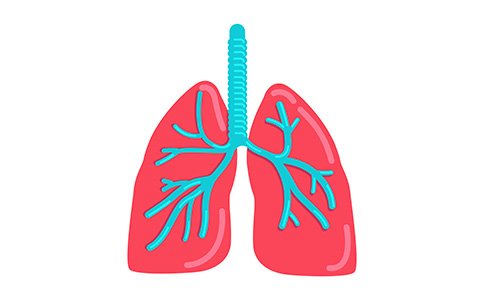Smoking cessation support within lung cancer screening
Lung cancer causes more deaths in Australia and worldwide than any other type of cancer. Because it is usually diagnosed at an advanced incurable stage, prognosis remains poor. Despite the progress that has been made in reducing smoking prevalence through evidence-based tobacco control policy, tobacco use remains the leading behavioural risk factor for cancer burden. Smoking causes about 4 in every 5 lung cancers.
Lung cancer can be detected early, though – and there’s good evidence (synthesised in a 2022 Cochrane review) that screening people at higher risk of lung cancer helps to saves lives. This process involves a low-dose computed tomography (CT) scan, for those who have a history of tobacco smoking (e.g., more than one pack of cigarettes per day for 20 years). Some countries have now implemented organised lung cancer screening programs, and real-world evidence shows that lung cancers are then picked up earlier, when they can still potentially be cured. Trials have shown that lung cancer screening can be delivered feasibly in Australia, and a national lung cancer screening program has been proposed (supported by a recent Medical Services Advisory Committee recommendation that such a program be introduced).
As part of a lung cancer screening program, connecting participants with evidence-based smoking cessation support is considered a priority. There may be ideal opportunities to encourage people to quit smoking going into lung cancer screening, since we know that many participants may still be smoking. However, less is known about how to optimally embed this kind of cessation support into a lung cancer screening program, including in the Australian context, and without further stigmatising lung cancer. That’s where my PhD studies come in. Using the methods of implementation science and with my supervisory team and our other collaborators, I hope to build an understanding of:
- The factors that can enhance the acceptability of smoking cessation interventions and equity implications for priority population subgroups (who experience disproportionate levels of smoking-related harm)
- The factors that can facilitate smoking cessation supports in health services, health systems, and in policy
- The perceived constraints to offering smoking cessation supports, and strategies to help overcome them.
My early work has involved analysing the perspectives of key stakeholders (e.g., clinicians and cancer screening policymakers) to understand how smoking cessation support can be optimally embedded in this context. In focus group, stakeholders viewed smoking cessation resources as an essential, core component of a potential national lung cancer screening program. They felt that there was a responsibility to offer help to quit smoking, and reach as many people as possible – for example, they told us that it was the “right thing to do”.
These findings also highlight that in addition to referring lung cancer screening participants to established clinical and external community programs for smoking cessation support (e.g., Quitline), that dedicated smoking cessation resources embedded within a lung cancer screening program are essential. Moving forward, this research can help to inform the design and delivery of a potential national lung cancer screening program, providing vital information about strategies to embed cessation right from the beginning of a program. I look forward to sharing more results in due course – please consider following my PhD progress on Twitter or LinkedIn.
More details on the work described here are available via:
Harrison, N. J., Dodd, R. H., Sharman, A. M., Marshall, H., Stone, E., Rhee, J., Yap, M., McCullough, S., Bonevski, B., & Rankin, N. M. (2022). Key stakeholder perspectives on smoking cessation support within lung cancer screening in Australia. Australian Lung Cancer Conference 2023. Abstract: Respirology, 28 (S3), 17. https://doi.org/10.1111/resp.14471
The study was led by Dr Rachael Dodd and Associate Professor Nicole Rankin at The University of Melbourne, and analysed as part of a PhD project by Mr Harrison at Flinders University. It was funded by an NHMRC Ideas Grant (2019/GA65812; CI-A A/Prof. Nicole Rankin). Nathan Harrison is supported by a PhD scholarship at Flinders University, provided through MRFF Grant Number 2008603.











